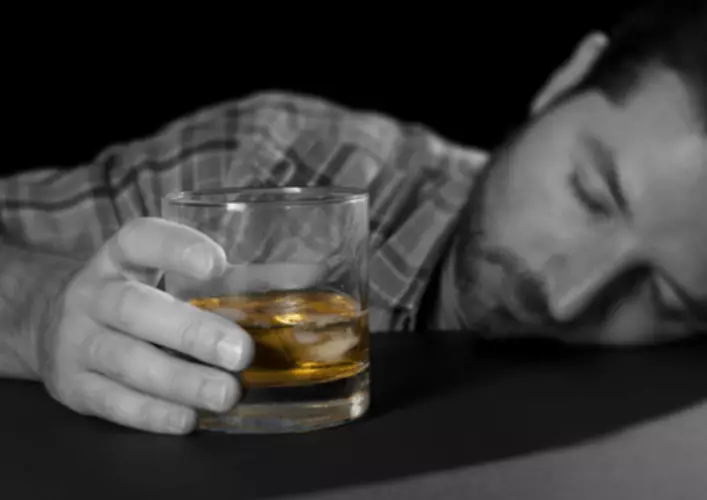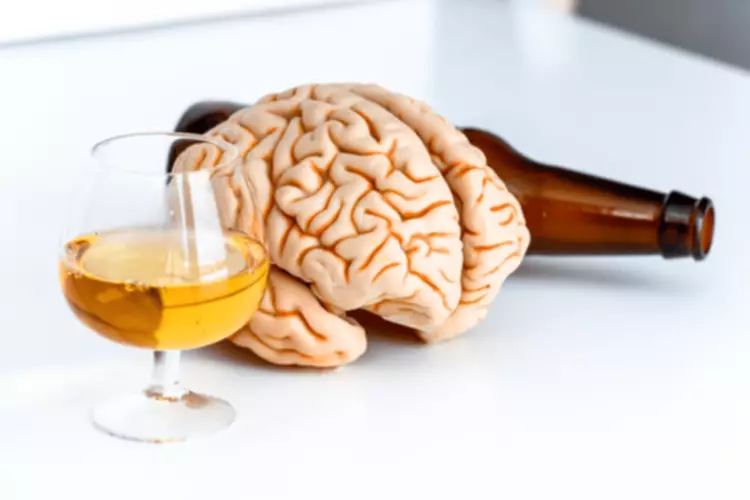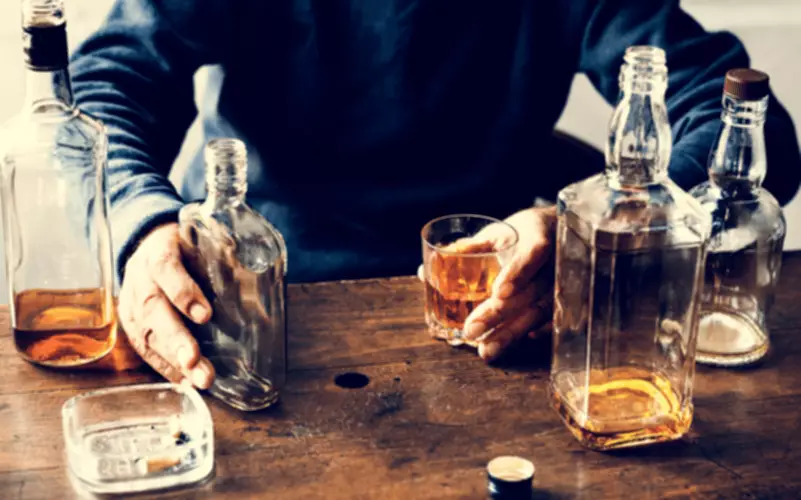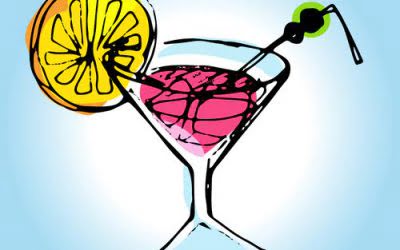Some studies have suggested about 30% of patients with amphetamine-induced psychosis end up with a primary psychosis over time. Although three studies reported data on withdrawal symptoms, only two studies involving 74 participants were included https://ecosoberhouse.com/ in the analysis (Srisurapanont 1999b; Cruickshank 2008). Data from Kongsakon 2005 for this specific outcome were not used because only median withdrawal scores were reported and means and standard deviations were needed for the comparison.
- Studies needed to report at least one primary outcome measure (see the list of primary outcomes in Box 1).
- They’re effective in helping manage attention deficit hyperactivity disorder (ADHD) or narcolepsy, but they’re also prone to misuse and abuse.
- Two reviewers (MS & NJ) independently inspected all study citations identified by the electronic searches and full reports of the studies of agreed relevance were obtained.
- Diminished dopamine synaptic transmission in acute withdrawal may be responsible for anhedonia and psychomotor retardation.
- Divergent selection of publications was discussed among the investigators until a consensus was obtained, and if required a third reviewer (NE) resolved disputes.
How Are Amphetamines Abused?
- There are a few pharmacotherapy candidates for the treatment of AMPH/MA dependence/use disorder that demonstrate some weak positive signals.
- Optimal psychosocial interventions accompanying medication must also be considered.
- No active METH vaccine has reached clinical trials (ClinicalTrials.gov) despite promising early results in preclinical stages [124].
- Tyler was living on the streets when he found help at Project Weber/RENEW, a peer-led harm reduction and recovery group in Providence.
- In two studies, it was unclear if the outcome assessors were blinded in addition to the participants and personnel.
- Studies were considered at low risk of bias if they adequately addressed missing data.
Furthermore, no harm was reported by patients who received pharmacological treatments or BCBT alone or combined. Nevertheless, studies have indicated that the self-report of drug-related problems is reliable, as long as participation is voluntary and results remain confidential [27]. There were few relevant studies of pharmacological treatments in combination with BCBT. Due to the limited number of studies, conducting a meta-analysis was not feasible. Furthermore, combining the outcomes from the individual trials through meta-analysis and using a random-effects model were not feasible because a certain degree of heterogeneity was expected among trials.

Paying people to stay off drugs
- Finally, the accessibility of such treatments remains difficult for a large proportion of patients in the community [8].
- Dextroamphetamine is stronger than levoamphetamine, and it’s even stronger than amphetamine itself.
- No study we reviewed directly compared outcomes between outpatient- and inpatient-treated participants.
- In general terms, people who abuse METH can be divided into light, moderate and heavy users of the drug.
The studies that assessed CM efficacy in reducing METH abuse or dependence showed positive outcomes when comparing MUD patients to control group participants or CM to other behavioral therapies [74, 76]. The benefits of CM intervention included reduced drug use, better treatment retention, reduction in psychiatric symptoms, higher utilization of other treatments and medical services, and reductions in risky sexual behavior. Importantly, CM worked not only in research treatment settings but also in community programs for MUD [79, 80].
Opioid Overdose Treatment
In addition, amphetamines abuse remains a health concern in Iran and has impacted some Iranian populations [3]. Similar to rTMS, tDCS significantly reduced METH craving and increased executive functions compared to controls [ ], lasting throughout the treatment and at least up to 1-month post-treatment [114], despite differences in experimental conditions. According to the 2020 United Nations World Drug Report, around 27 million people worldwide (corresponding to 0.5% of the adult population) used amphetamines, including METH, amphetamine, and pharmaceutical stimulants, in the past year. Overall, there has been an approximately 40% increase in METH use in the United States between 2016 and 2018 and a further increase between 2018 and 2019 [5]. In the US, 0.7% of the population aged 12 and older, or 1.9 million people, reported the use of METH. METH use declined among young adults (aged 18–25), but increased significantly among adults aged 26 and older from 0.5% (or 1.1 million people) in 2016 to 0.8% (or 1.7 million people) in 2019 (Fig. 1A1A) [8].
Opinion The Addiction Recovery Story We Don’t Hear Enough – The New York Times
Opinion The Addiction Recovery Story We Don’t Hear Enough.
Posted: Wed, 14 Feb 2024 08:00:00 GMT [source]
Systematic Review of Treatment for Amphetamine-Related Disorders

The 43 studies examined 23 individual pharmacotherapies, most individually and some in combination. Table 3 lists the pharmacotherapies reviewed, and the proposed mechanisms of action related to their use in studies of MA/AMPH dependence. We approached this report as a systematic review of the peer-reviewed literature, and present the methods and results in accordance with the Preferred Reporting Items for Systematic Reviews and Meta-Analyses (PRISMA) statement [22]. Steven Shoptaw and Uyen Kao conducted the article searches, study selection, data extraction, data analysis, and write up of updated review. Keith Heinzerling provided feedback on the data analysis and assisted in writing the discussion section. Test of heterogeneity is important to check whether the results of studies are similar within each comparison.
- Another well-known drug that is similar in structure to amphetamine but much stronger in effect is methamphetamine – an illicit stimulant that has a powerful euphoric effect and is highly addictiveand dangerous.
- This is why it is crucial to share reputable, fact-based information about substance use disorder and its effects.
- As part of the Matrix Model therapy, families are encouraged to actively participate in the recovery of their loved one.
- In this review, a valid scale means a scale that has been published in a scientific journal.
- According to the 2020 United Nations World Drug Report, around 27 million people worldwide (corresponding to 0.5% of the adult population) used amphetamines, including METH, amphetamine, and pharmaceutical stimulants, in the past year.
- Another independent reviewer (A. M; the fifth author) contributed to this procedure to reduce any selection bias.
Results of Individual Studies
There are no specific medications that counteract the effects of amphetamines or that prolong abstinence from and reduce the abuse of amphetamines. However, there are a number of medications that are FDA-approved for other illnesses that might also be useful in treating amphetamine addiction. Recent findings indicate that bupropion, the anti-depressant marketed as Wellbutrin, may reduce a methamphetamine-induced high as well as drug cravings elicited by drug-related cues. This medication and others are currently in clinical trials, while new compounds are being developed and studied in preclinical models. Despite numerous clinical trials conducted to date, there is no consistently effective FDA-approved pharmacotherapy for MUD.
Agonists for dopamine receptors mimic the action of monoamines to provide modest levels of METH reward/reinforcement. One of the reasons for the lack of efficacy of dopaminergic medications in MUD is a decrease in dopamine D2 receptor levels in the striatal sub-regions in people chronically abusing METH [69-73]. Stopping consumption after long-term Amphetamine Addiction use results also causes amphetamine withdrawal symptoms. Our goal is to research the latest substance abuse trends and statistics to shed light on the most critical issues affecting people with mental health and substance use disorders. We share these findings via extensive guides, digestible and accessible articles, and FAQ pages.





